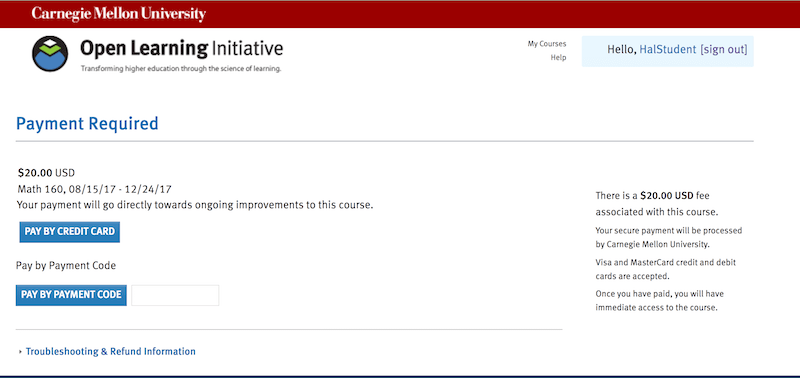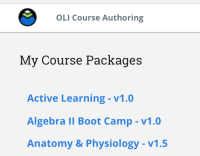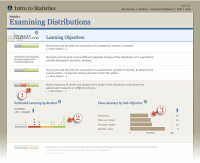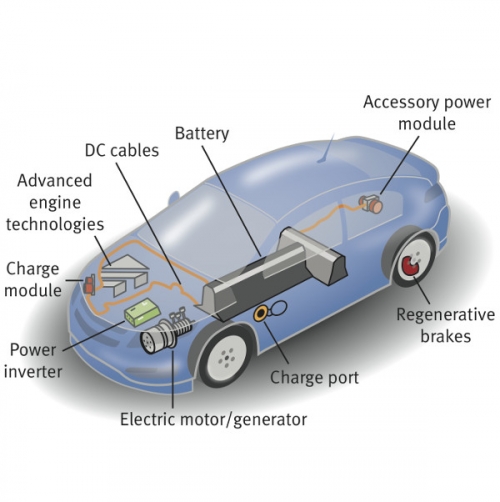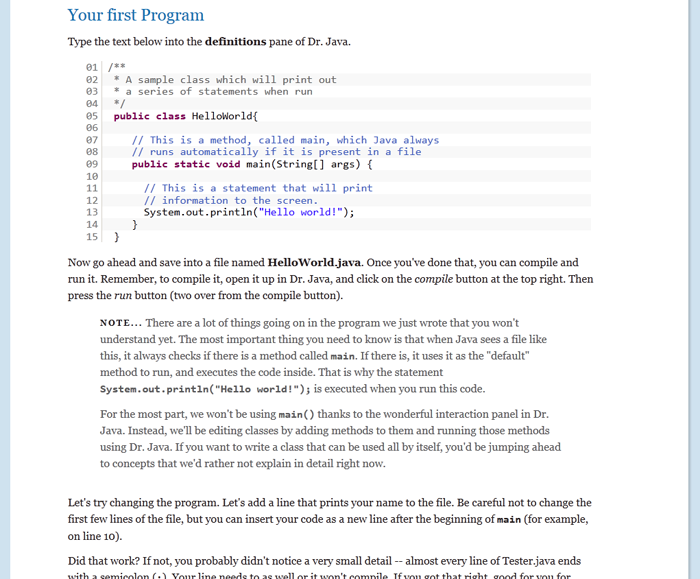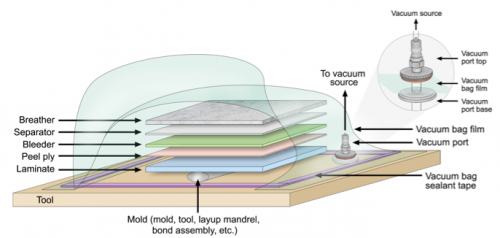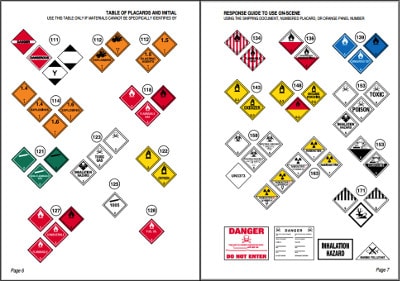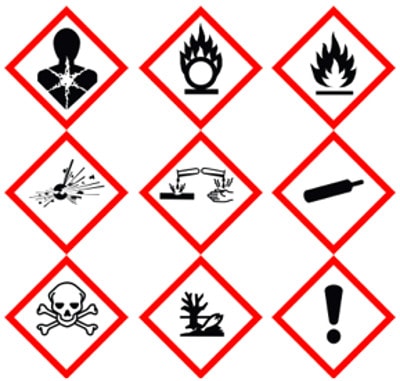Learn skills in electrical, mechanical, and computer technologies in a course mapped to the Siemens Mechatronic Systems Level 1 certification. Students are prepared for entry-level Mechatronics positions in almost every industry.
Mechatronics Technology — NSC STEM Pathways
$25
- Description
- What students will learn
- Learning objectives by module
- Course assessments, activities, and outline
- Other course details
- System requirements
- Included instructor tools
Description
The NSC’s Mechatronics Technology Pathway is a one-year, 30-credit hybrid course (mixture of online and face-to-face) consisting of 12 mini-courses. The entire Pathway consists of a set of materials a school or institution can customize for their program’s or students’ needs. Each mini-course includes:
- A downloadable Teaching Toolkit with the following documents:
- A course introduction (READ ME) that explains the course, including course structure, learning outcomes, prerequisites, and suggested texts.
- A suggested syllabus that you can customize to your college, department, course, and individual preferences.
- Suggested lesson plans with learning outcomes and assessments, lesson outline, teaching tips, and instructional resources.
- Supplemental materials as labeled.
- OLI online modules to help prepare students for face-to-face instruction, by providing mini-lessons and interactive drills that address common sticking points
NOT INCLUDED are the recommended textbooks. See the README First document in the Teaching Toolkit for each mini-course for a list of recommended texts.
Created through a collaboration with the OPENPlatform+ program, the National STEM Consortium academic certificate in Mechatronics Technology is built on a 30-semester-credit model and is mapped to the Siemens Mechatronic Systems Level 1certification. The skills taught include electrical, mechanical, and computer technologies. Graduates are prepared for entry-level Mechatronics positions in almost every industry.
NSC STEM Pathways
STEM Pathways are five certificate programs developed by the National STEM Consortium (NSC). NSC is a collaborative of ten colleges in nine states, funded by a U.S. Department of Labor grant to develop one-year, 30-credit certificate programs in five Science, Technology, Engineering, and Mathematics (STEM) fields: Composites Technology, Cyber Technology, Electric Vehicle Technology, Environmental Technology, and Mechatronics Technology. In collaboration with the OPENPlatform+ program, these have been implemented and made available on the OLI platform, with learning activities targeting specific areas of challenge, resources to support instructors and implementation guides for administrators.
The STEM Pathways use an innovative two-part STEM Bridge program to improve completion and success rates of students. This program embeds contextualized refresher instruction in mathematics, communication, and professionalism to eliminate traditional remedial courses and prepare students for success in demanding technical courses. The NSC STEM Readiness course enables students who are not fully college-ready in math to enroll and succeed in the technical curriculum, thus broadening the pool of potential students and opening STEM careers to a greater number of workers. The second element of the STEM Bridge is designed as a FAST TRACK program to support learners who require more intensive, up-front development of the basic skills required for access to the technically demanding educational pathways into STEM occupation. The STEM Foundations course provides elements of this FAST TRACK approach.
The NSC academic model is built on four research-based strategies that, when combined, yielded an average 69% on-time completion rate across its students nationwide.
First, NSC instruction is outcomes-driven, delivering learning outcomes mapped to industry standards. NSC member colleges formed regional advisory boards to respond to industry needs and employer requests. These materials include implementation guides with examples and recommendations from colleges whose regional economies support a diversity of industries, such as healthcare, construction, and the military.
Second, NSC programs are one-year, 30-semester-credit academic certificates. Certificates are a highly effective tool for workforce development, and are most effective when they are long enough to be rigorous yet short enough to be achievable. The certificate-level credential is a missing, but critical, on-ramp to career pathways for adult learners who often lack access to and awareness of high-demand careers in STEM fields. Graduates receive the greatest return on investment from certificates of one year or longer with a load of thirty-six semester credits or fewer.
Third, NSC programs use a built-for-completion structure including a program navigator, cohort structure, block scheduling, compressed timeline, enhanced student support services, and employer partnerships. Research has shown that it is the combination of strategies, rather than any single strategy, that boosts student success. Specifically, a growing body of evidence argues for “strategy intervention at a more comprehensive and integrated level that aims at simultaneous change focusing around whole program design and delivery – improving the coherency of instruction and educationally relevant services that students need as they move through their program of study.”
Last, NSC programs embed contextualized refresher instruction in mathematics, communication, and professionalism to eliminate traditional remedial courses and prepare students for success in demanding technical courses. The NSC STEM Readiness course enables students who are not fully college-ready in math to enroll and succeed in the technical curriculum, thus broadening the pool of potential students and opening STEM careers to a greater number of workers.
Colleges aiming for systemic change in their student completion and achievement levels are strongly advised to adopt the entire NSC academic model. However, NSC programs are flexible by design, allowing institutions to customize implementation to their regional economy and local conditions. For example, a college might choose to pursue implementation in stages.
STEM Pathway Programs
- Composites Technology
- Cyber Technology
- Electric Vehicle Technology
- Environmental Technology
- Mechatronics Technology
STEM Bridge Courses
What students will learn
The NSC Mechatronics Technology certificate program has learning outcomes in the categories of Safety, Applied Mathematics, Foundational Principles, Critical Thinking/Problem-Solving, Equipment, Troubleshooting, Technical Literacy, Documentation, Communication, Interpersonal Interaction, and Cultural and Social Awareness. These outcomes are broad themes of the program, achieved in one or more of its courses:
- Understand and apply all safety protocols (e.g., personal, LOTO, and OSHA regulations).
- Apply basic algebra, geometry, trigonometry, numbering systems, and digital logic to the solution of problems (e.g., current, voltage, resistance, capacitance, torque, work, power, Newton’s Laws, programming).
- Understand and apply foundational principles of mechanical, electrical, computer, and industrial technologies.
- Conceptualize, design, build, and modify systems.
- Select (i.e., generate specifications), install, debug/test, adjust, use, and/or maintain equipment and software according to requirements.
- Correct malfunctions or correctly identify the expertise required to correct a malfunction.
- Read and interpret technical documentation (e.g., regulations, blueprints, schematics, work orders, data sheets, or manuals).
- Create, maintain, and complete technical documents (e.g., work records, reports, equipment logs, inventories, drawings, and forms).
- Communicate effectively with internal and external customers (e.g., managers, co-workers, customers, technicians, etc.).
- Interact effectively in collaborative groups for common purposes.
- Account for global differences (e.g., culture, standards, measuring systems) in technical applications.
Learning objectives by module
Pathway 1: Mechatronics Technology
- Course 1: Autonomous Robots
- Determine which conditional or control statement to use in developing microcontroller logic.
- Differentiate among three types of position indicators.
- Course 2: Engineering CAD and Drafting
- Differentiate among the types of section views.
- Differentiate between first- and third-angle projection.
- Course 3: Electrical Systems
- Differentiate among voltage, current, and resistance.
- Measure voltage, current, and resistance using a meter.
- Course 4: Industrial Robots
- Describe the purpose and proper usage of the secondary enable switch.
- Understand how to use a pneumatic effector and identify its advantages and disadvantages as compared to a motorized effector.
- Course 5: Introduction to High-Tech Manufacturing
- Analyze the 5S system of lean manufacturing and describe the purpose for each step.
- Determine the proper step to take when handling No Go materials.
- Course 6: Introduction to Manufacturing Processes
- Calculate the correct feed rate for a machine given the material, feed per tooth, and number of teeth.
- Calculate the correct speed given the material of a part, the type of tool material, and the diameter of the cutting tool.
- Course 7: Mechanical Systems
- Determine correct key shape, height, width, and length based on shaft diameter.
- Use the tolerance chart to determine the tolerance on the width and depth of a key.
- Course 8: Mechatronics Capstone
- Understand the procedures for changing the back-up battery of a robotic system.
- Use correct procedure to connect a computer to programmable devices.
- Course 9: PLCs 1
- Choose and convert the right data type for Ladder Logic program instructions.
- Create a PLC Ladder Logic program from a narrative description that is converted into relay schematics.
- Course 10: PLCs 2
- Identify the importance and use of subroutines in Ladder Logic programs.
- Identify the steps involved in troubleshooting a PLC for faults.
- Course 11: Pneumatics and Hydraulics
- Calculate the effective area of a pressurized cylinder.
- Calculate the force on the cap of a pressurized cylinder given force and area.
- Course 12: Welding
- Given an application, choose the correct electrode for the job.
- Identify and interpret the several types of lines used in technical drawings.
Course assessments, activities, and outline
PATHWAY 1: Mechatronics Technology
Course 1: Autonomous Robots
Course 2: Engineering CAD and Drafting
Course 3: Electrical Systems
Course 4: Industrial Robots
Course 5: Introduction to High-Tech Manufacturing
Course 6: Introduction to Manufacturing Processes
Course 7: Mechanical Systems
Course 8: Mechatronics Capstone
Course 9: PLCs 1
Course 10: PLCs 2
Course 11: Pneumatics and Hydraulics
Course 12: Welding
Other course details
System requirements
OLI system requirements, regardless of course:
- internet access
- an operating system that supports the latest browser update
- the latest browser update (Chrome recommended; Firefox, Safari supported; Edge and Internet Explorer are supported but not recommended)
- pop-ups enabled
- cookies enabled
Some courses include exercises with exceptions to these requirements, such as technology that cannot be used on mobile devices.
This course’s system requirements:
- none listed (subject to change)
Included instructor tools
Instructors who teach with OLI courses benefit from a suite of free tools, technologies, and pedagogical approaches. Together they equip teachers with insights into real-time student learning states; they provide more effective instruction in less time; and they’ve been proven to boost student success.



